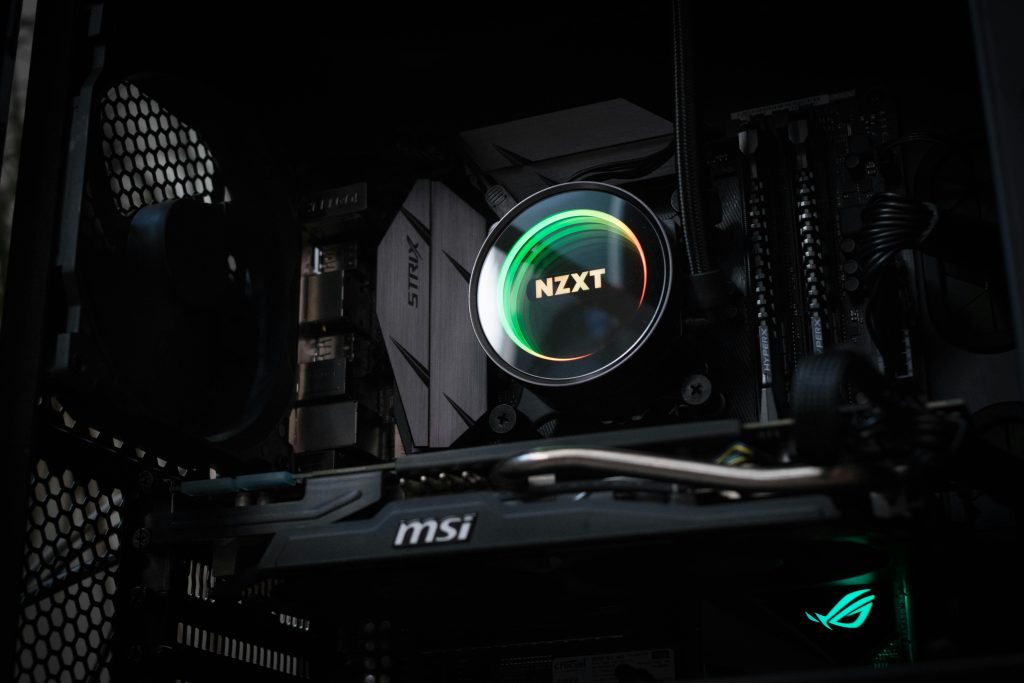Troubleshooting Common Issues: When Your Desktop Crashes and Freezes
If you’ve ever experienced the frustration of your desktop computer suddenly blacking out and restarting, you’re definitely not alone. A user recently shared their concerns about a custom-built desktop that has been encountering random crashes for several years. They highlighted an alarming trend: whether they’re gaming, streaming videos on YouTube, or simply browsing the web, the system will intermittently display a black screen, shut down completely, and then reboot.
Identifying the Problem
This kind of issue can stem from a variety of hardware or software problems. As you might imagine, diagnosing the exact cause can be a bit of a challenge without more details. However, here are some common troubleshooting steps and potential culprits to consider.
1. Overheating
One of the primary causes of unexpected shutdowns is overheating. If your internal components, especially the CPU or GPU, are overheating, your computer might shut down to prevent damage. Check whether the fans are functioning properly and ensure that there is no dust accumulation obstructing airflow.
2. Power Supply Issues
A failing power supply can also lead to black screens and unexpected reboots. If the power supply is unable to provide adequate power to all components, it could cause instability. Consider testing your power supply with a multimeter or replacing it to see if that resolves the issue.
3. Faulty RAM
Random Access Memory (RAM) could be another culprit. Bad RAM can result in system freezes and crashes. Running a memory test using tools like Windows Memory Diagnostic or Memtest86 can help identify if faulty RAM is to blame.
4. Graphics Card Problems
If you notice these issues primarily during gaming or video playback, your graphics card may be the source of the problem. Ensuring that drivers are up to date can help, but in some cases, the hardware itself may be failing.
5. Software Conflicts
Lastly, it’s worth examining the software side of things. Potential conflicts with recently installed applications, extensions, or updates might be causing instability. Booting your computer in safe mode or checking for recent updates can help diagnose software issues.
Next Steps
If you’re facing similar issues, gathering more information on your specific hardware and any recent changes made to the system may help pinpoint the problem. Don’t hesitate to reach out for advice or assistance from tech forums or professionals if needed. With a methodical approach, you can
Share this content:




Hello,
It sounds like you’re experiencing a frustrating issue with your computer’s screen going black and the system freezing. Based on the details, here are some steps you can take to troubleshoot this problem: